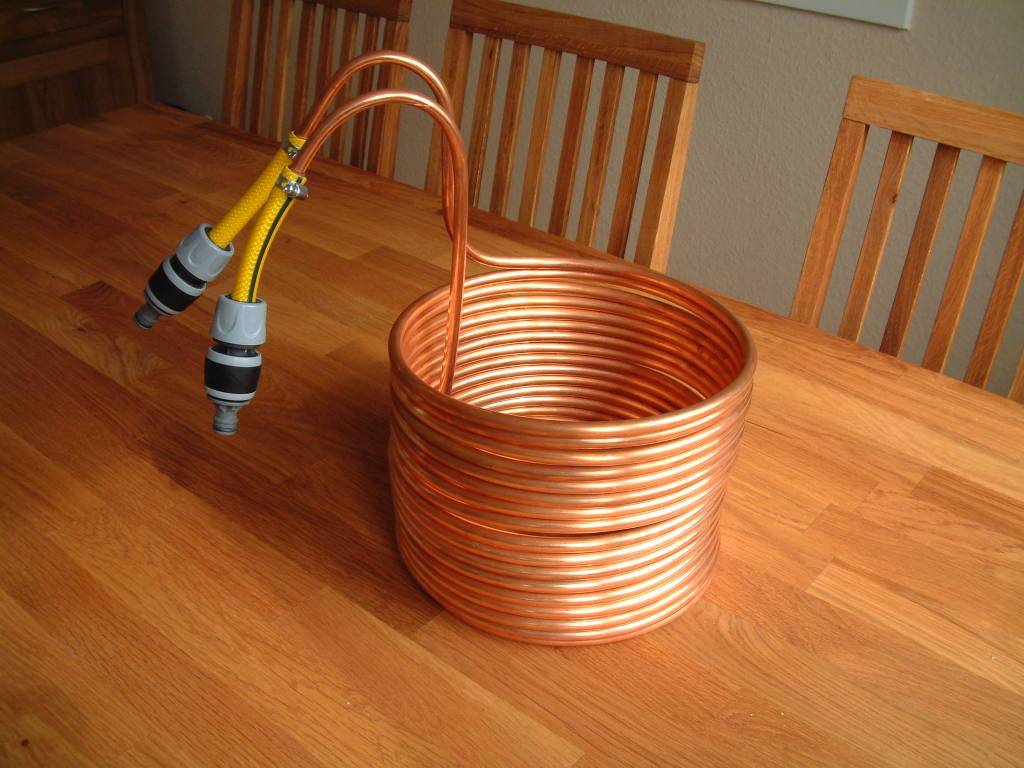 Brewing is typically a fairly carefree process, requiring little more than precise temperature measurements and sterilization. There are, however, times when your home brew can turn nasty. This week I will outline some common problems and offer easy solutions.
Brewing is typically a fairly carefree process, requiring little more than precise temperature measurements and sterilization. There are, however, times when your home brew can turn nasty. This week I will outline some common problems and offer easy solutions.
Stuck Sparge
For brewers who have graduated to the all-grain method, and have subsequently built their own mash tun, a stuck sparge can be waiting just around the corner. This nuisance occurs when grains are so compacted that your mesh hose is unable to allow wort to flow out of the mash. Vorlaufing and sparging are out of the picture until you have fixed the jam, and unfortunately stuck sparges are rarely fixable once you have already begun to mash. Therefore, the best advice I can offer is a preliminary solution.
Rice hulls, when added to your dry grains before the mash, can prevent grains from becoming too compacted. They are the ideal method of prevention, being colorless and tasteless, so as not to effect your wort. A simple addition of about 5% rice hulls will suffice.
Contamination During Cooling
Wort is especially susceptible to contamination while cooling down after the boil. It is in the home brewer’s best interest, therefore, to cool the wort very quickly. The best way to achieve this and maintain sanitary conditions is the use of a wort chiller.
Wort chillers are available from various home brew stores, as well as online vendors such as ebay. If you are the industrious type, you may enjoy building your own. I would explain the process myself, but this article from Irish Craft Brewer is fantastic. If air-cooling has been your previous method, you will be surprised at the speed of the wort chiller. It’s sure to cut an hour off your brew day.
Incorrect Yeast Pitching
You may have done everything perfectly during your brew process, but pitch the yeast wrong, and your poor fermentation will ruin the beer. There are several ways to prepare yeast correctly, depending on whether it is in a dried or liquefied state.
For dry yeast, the best thing to do is re-hydrate it in warm water before pitching. Water at around 100 degrees F will do the trick. Upon pitching, agitate the yeast into the wort by shaking the primary fermenter or stirring with a spoon.
Liquid yeast will require starter wort. John Palmer’s How to Brew is available online with a great chapter on Yeast Starters.
Regardless of what obstacles you may encounter during your growth as a home brewer, always remember that mistakes happen to everyone, and sometimes they even result in a new beer flavor!








